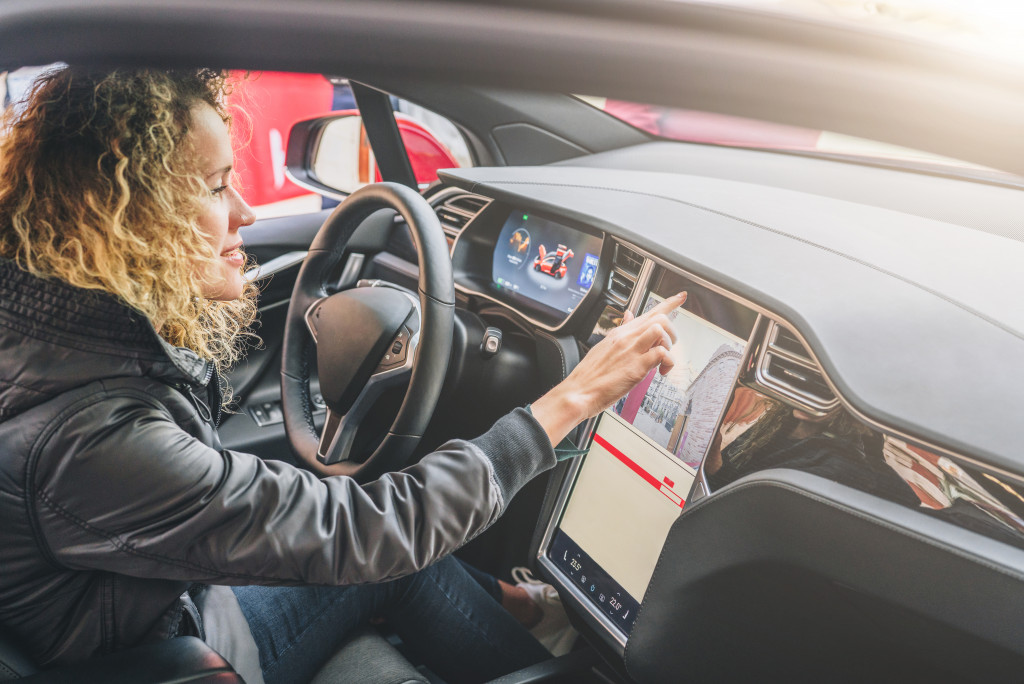The car industry is a fast-paced and competitive one. In order to stay on top of trends, car manufacturers often rely on consumer feedback to see what features people prefer. While there are many factors that go into what drives consumer preferences, here are some of the most common ones.
Design
When it comes to car design, most consumers prefer sleek and modern designs. Most modern car designs are minimalist, with few unnecessary details. This is in contrast to older cars, which often had extra design details. For example, many modern sedans do not have a visible trunk or hood hinges (because these parts are hidden). Consumers tend to like this minimalistic approach because it allows the manufacturer to focus on form without creating too much clutter.
Performance
Performance is another important consideration for many consumers. When it comes to performance, people usually look for cars that are fast, efficient, and handle well. Many consumers are interested in performance-enhancing features such as turbochargers and all-wheel drive.
The preference of consumers usually depends on their driving behavior and general lifestyles. For example, people who spend a lot of time in the city may prefer eco-friendly cars with low fuel consumption. In contrast, people who live in mountainous areas might favor performance features.
Fuel Efficiency
Fuel powers most cars currently on the road, but it is one of the primary reasons why driving your own vehicle is very expensive. Due to rising oil prices and stricter environmental legislation, many consumers are looking for fuel-efficient cars.
There are many factors that determine how much fuel your car uses, such as its engine size and weight. Consumers who want to reduce their fuel costs often opt for small cars with smaller engines (e.g., gasoline vs. diesel). They may also consider fuel type (e.g., electricity vs. gasoline).
Technology

Most modern vehicles nowadays come with a myriad of new features and gadgets. Features such as infotainment systems and GPS navigation are becoming increasingly common.
Customers usually prefer cars with new technologies since they offer a more futuristic experience and allow them to stay connected through features like hands-free calling. Both Apple and Google have also released their own systems that will make it easier for drivers to connect their smartphones to their cars. By installing CarPlay, iPhone users can navigate features such as making calls, sending and receiving messages, and playing their music through their dashboard. Google’s Android Auto does the same.
The car tech currently in demand includes automatic parking assistance, smart headlights, and self-driving technologies. For many, these features allow them to save time and effort by avoiding the need for parking assistance or allowing the vehicle to drive itself.
Moving forward, it is likely that the trend of new technologies will continue to grow.
Safety Features
Safety remains a priority for many drivers. It’s important to consider both safety features that are already installed in the car, as well as features that can be added on. For example, safety features like anti-lock brakes and airbags reduce the risk of accidents while driving on roads in less than ideal conditions (e.g., wet roads). Seatbelt reminders increase driver safety by reminding people to buckle up. Other safety features like blind-spot mirrors and proximity sensors help drivers avoid collisions when they change lanes or back up.
Environmental Impact
Unsurprisingly, because of the growing public concern over greenhouse emissions and climate change, more consumers are paying attention to the impact of their cars on the environment.
Many consumers look for hybrids or electric vehicles that produce lower levels of greenhouse gases. When buying new, people usually prioritize this factor, even if it means they have to sacrifice some other features in order to get a more eco-friendly vehicle.
Automobile manufacturers are also currently experimenting with alternative materials that are better for the planet. For example, cars built from recycled aluminum produce just as much strength as those made from steel but significantly less greenhouse gas emissions.
In addition to finding alternatives for traditional materials, some manufacturers have also started using bioplastics to replace traditionally used plastics in their vehicles. These bioplastics are made out of corn or sugar cane, so they are both better for the environment and completely biodegradable.
The different factors that drive consumer preferences on car features can vary depending on who you are. If you want to know what will work best for your needs, it’s important to consider the variety of technologies and safety features available as well as how they might affect the environment.



